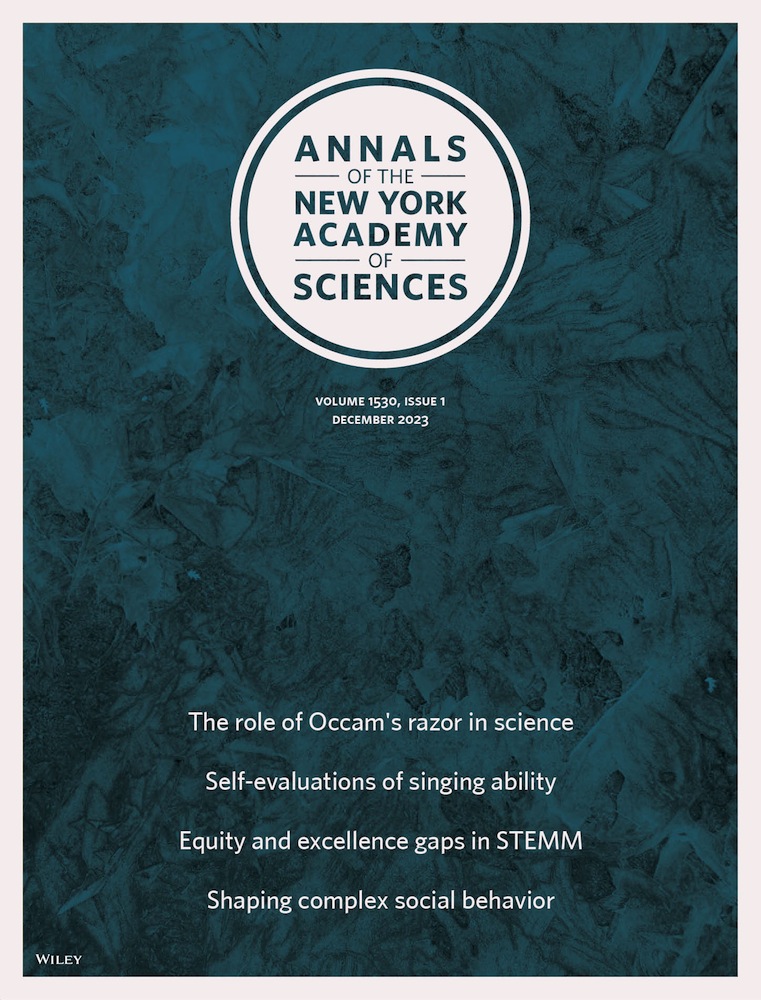活跃的捕食者不一定专门捕食不动的猎物:一个模拟模型
IF 4.1
3区 综合性期刊
Q1 MULTIDISCIPLINARY SCIENCES
引用次数: 0
摘要
掠食者采用多种觅食方式,从伏击到主动追捕猎物。虽然伏击捕食者与捕获移动猎物有关,但活动捕食者对静止猎物的专业化仍然知之甚少。我研究了活动的捕食者优先捕捉静止猎物的情况。利用基于个体的空间显式模拟模型,研究了静止猎物的空间模式、运动方向、移动猎物和活动捕食者的速度,以及竞争性伏击捕食者的存在。研究还考虑了活动捕食者的区域限制搜索(ARS)、猎物捕获成功的不确定性以及猎物在捕获后的重现等关键因素。研究结果表明,活跃的捕食者不一定专门捕食久坐不动的猎物。相反,它们的猎物偏好受到猎物空间格局和与伏击捕食者的竞争的影响:久坐猎物的聚集空间格局和活动捕食者对ARS的使用以及与伏击捕食者的竞争促使活动捕食者关注久坐猎物。相反,捕食者的无方向性运动和快速移动的猎物往往导致更高比例的移动猎物被捕获。这些发现挑战了关于主动捕食者专业化的传统假设,并强调了将空间和行为动力学整合到捕食者-猎物模型中的重要性。本文章由计算机程序翻译,如有差异,请以英文原文为准。
Active predators do not necessarily specialize in sedentary prey: A simulation model
Predators employ diverse foraging modes, ranging from ambush to active pursuit of prey. While ambush predators are associated with capturing mobile prey, the specialization of active predators on sedentary prey remains less understood. I examined the circumstances under which active predators preferentially capture sedentary prey. Using a spatially explicit individual‐based simulation model, I manipulated the spatial patterns of sedentary prey, movement directionality, speed of mobile prey and active predators, and the presence of competing ambush predators. Key factors such as area‐restricted search (ARS) by active predators, uncertain capture success of prey, and prey reappearance after capture were also considered. The results suggest that active predators do not necessarily specialize in sedentary prey. Instead, their prey preference is influenced by prey spatial patterns and competition with ambush predators: clumped spatial patterns of sedentary prey and the use of ARS by active predators as well as competition with ambush predators drove active predators to focus on sedentary prey. Conversely, nondirectional movement by predators and faster‐moving prey often led to higher proportions of mobile prey being captured. These findings challenge traditional assumptions about active predator specialization and emphasize the importance of integrating spatial and behavioral dynamics into predator–prey models.
求助全文
通过发布文献求助,成功后即可免费获取论文全文。
去求助
来源期刊

Annals of the New York Academy of Sciences
综合性期刊-综合性期刊
CiteScore
11.00
自引率
1.90%
发文量
193
审稿时长
2-4 weeks
期刊介绍:
Published on behalf of the New York Academy of Sciences, Annals of the New York Academy of Sciences provides multidisciplinary perspectives on research of current scientific interest with far-reaching implications for the wider scientific community and society at large. Each special issue assembles the best thinking of key contributors to a field of investigation at a time when emerging developments offer the promise of new insight. Individually themed, Annals special issues stimulate new ways to think about science by providing a neutral forum for discourse—within and across many institutions and fields.
 求助内容:
求助内容: 应助结果提醒方式:
应助结果提醒方式:


